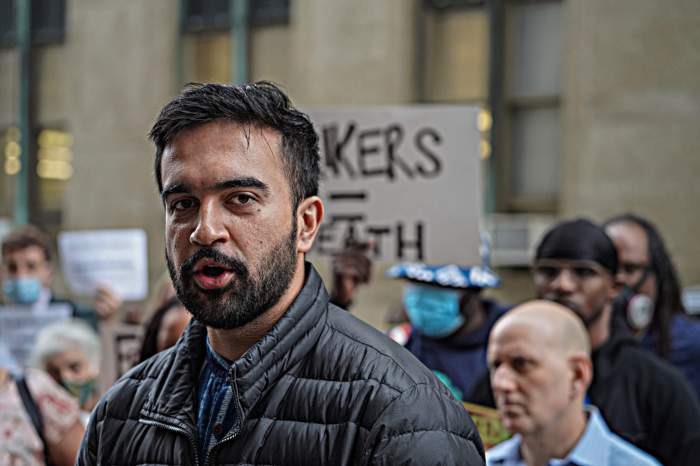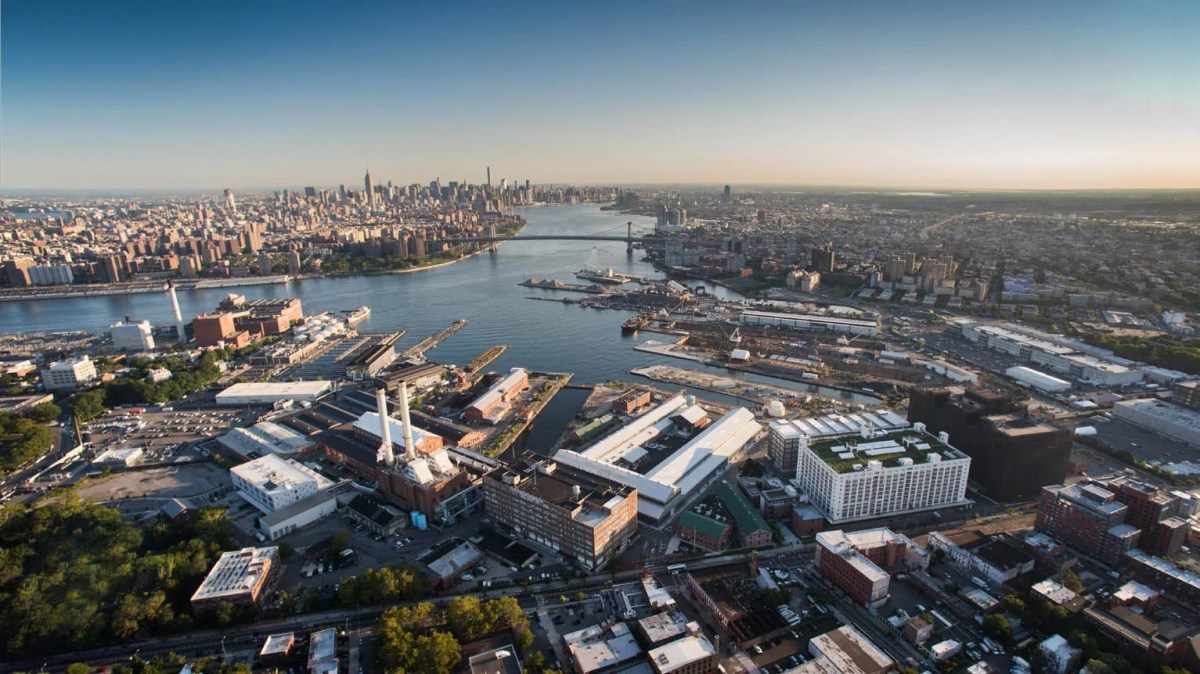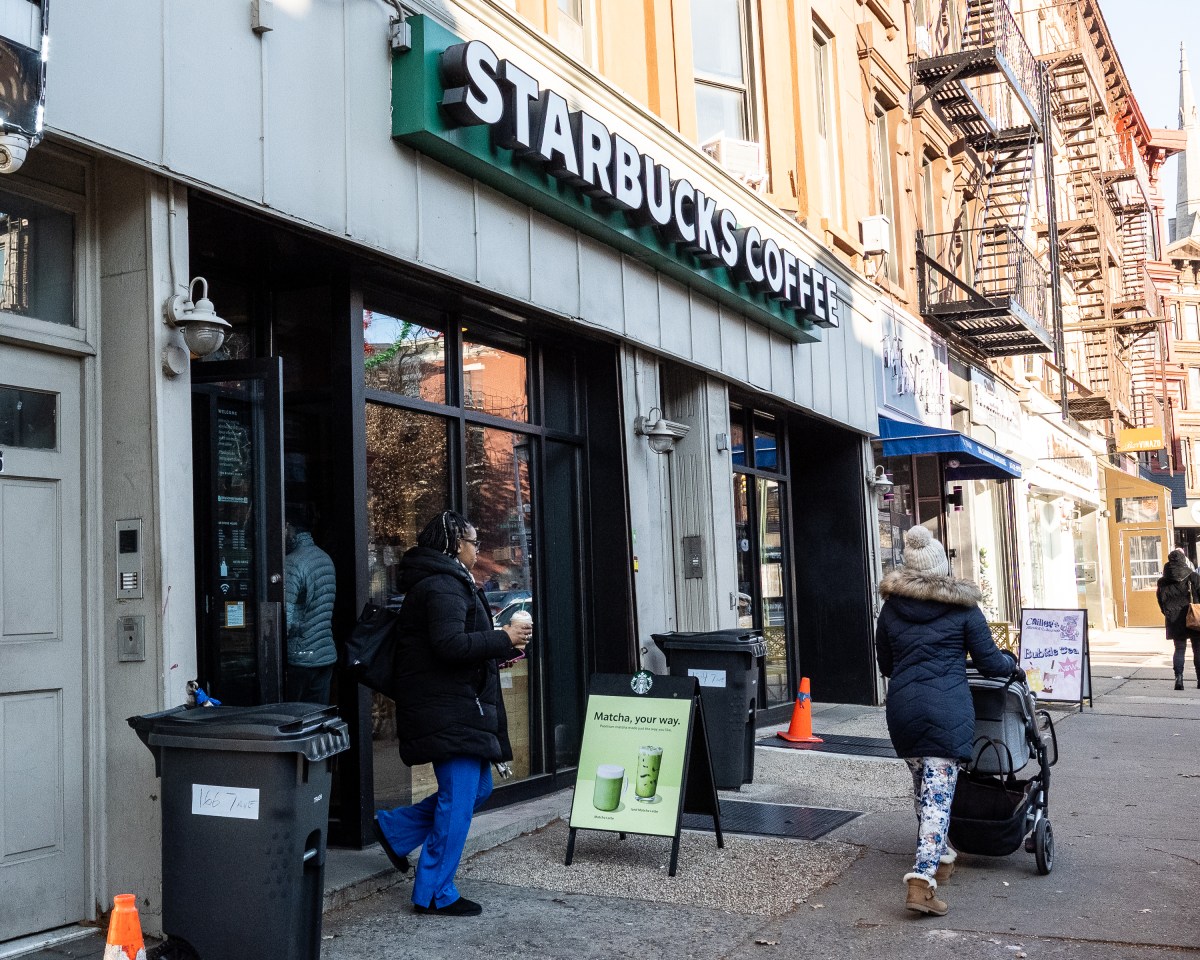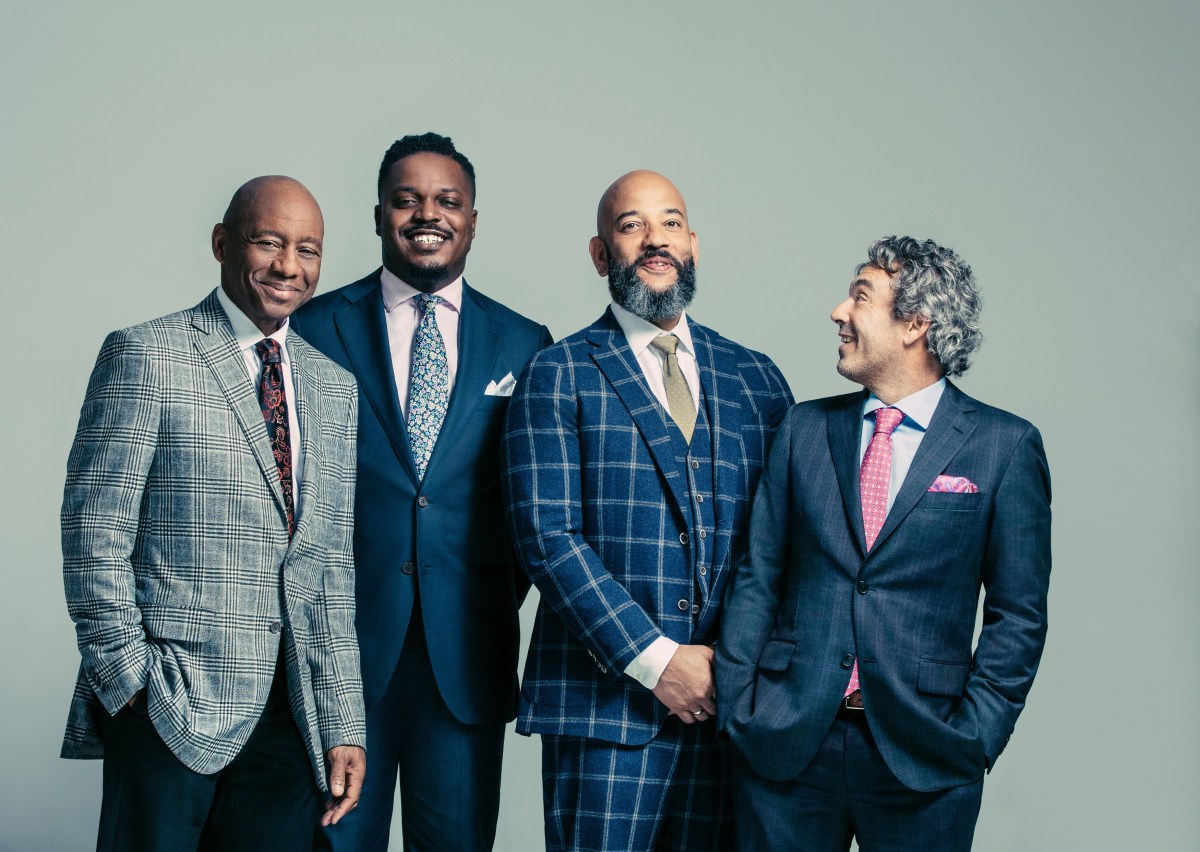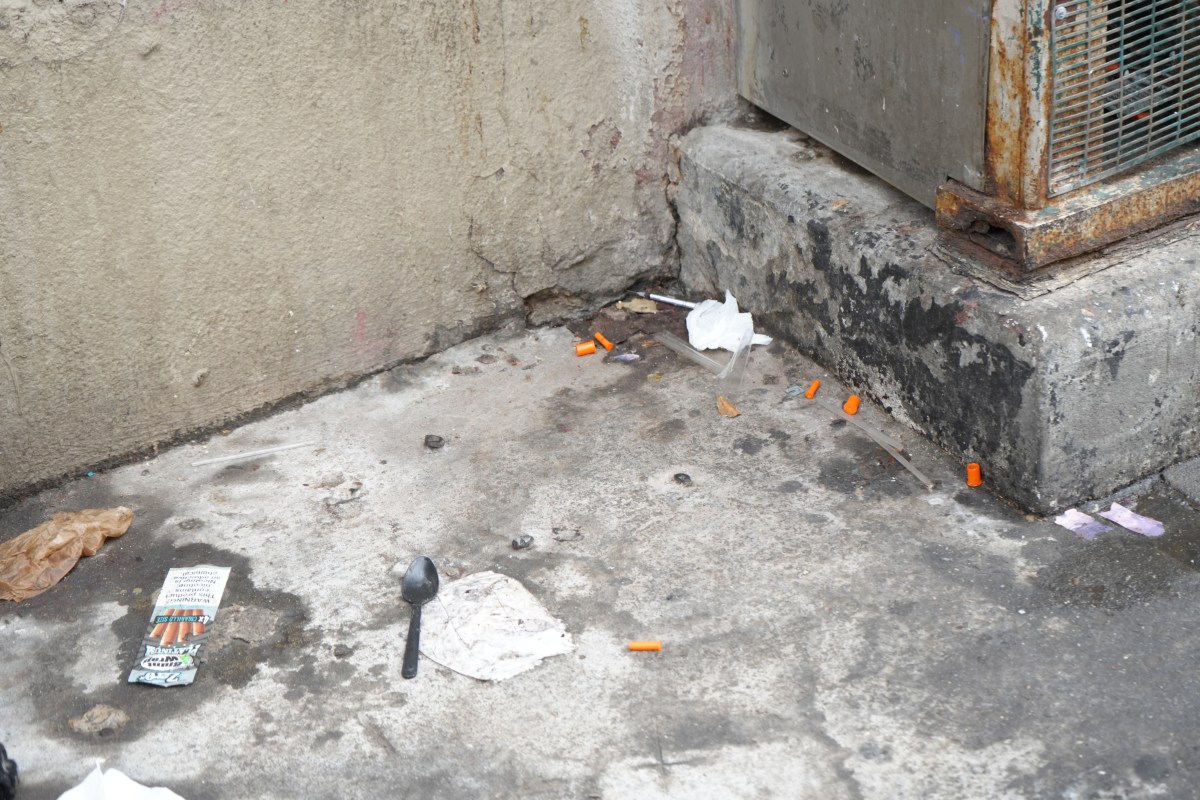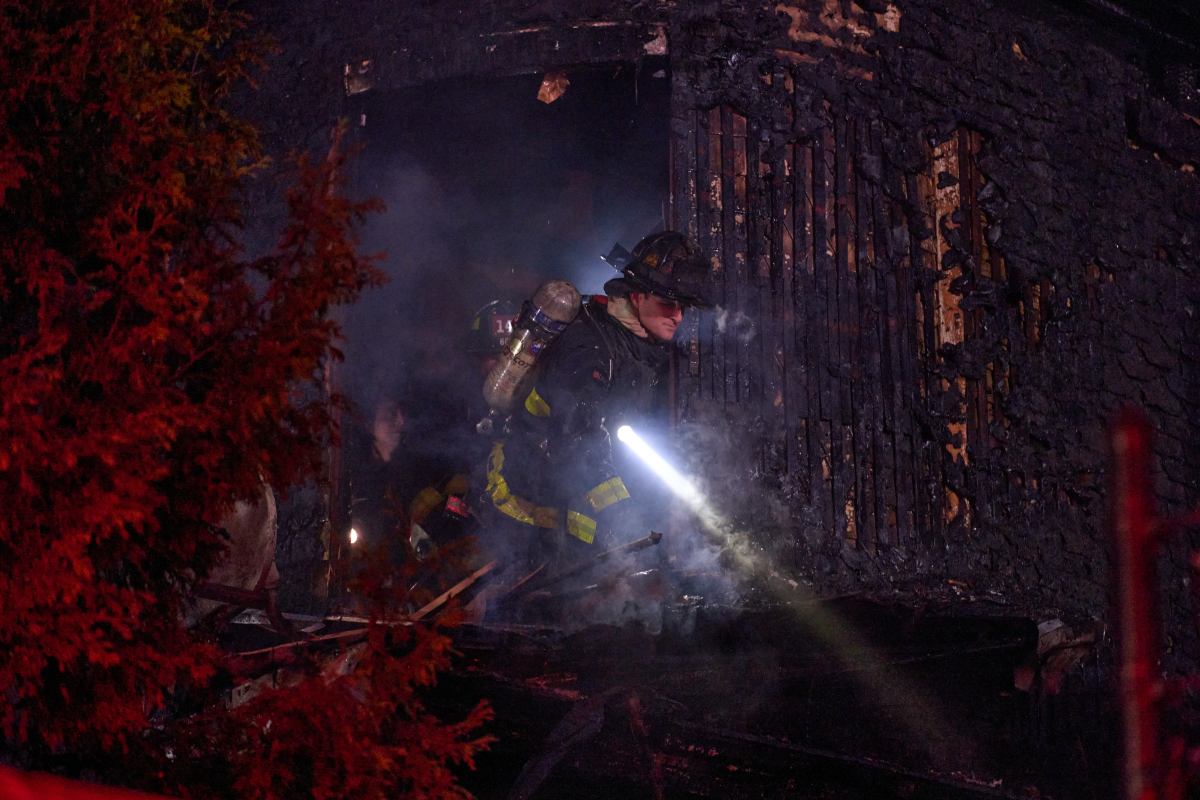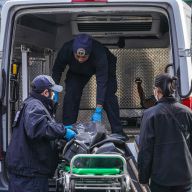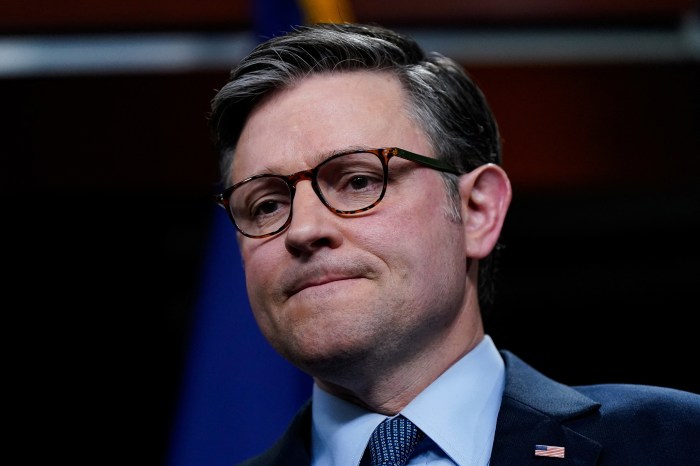The MTA officially ended its fare-free bus pilot over the weekend, much to the chagrin of the state lawmakers who initiated it.
The yearlong pilot on five bus routes came to an unceremonious end on Sunday, Sept. 1, after state lawmakers declined to reauthorize it and the MTA deemed the experiment a dud. The MTA was allocated $15 million to conduct the experiment for up to a year.
While ridership increased by up to 38% on the free lines — the Bx18, the B60, the M116, the Q4, and the S46/96 — the MTA contended that not enough of it was new to justify spending more money on free fares, either on the existing free lines or on a slew of new ones.
But on Tuesday, the Queens electeds who spearheaded the effort — Sen. Michael Gianaris and Assembly Member Zohran Mamdani — blasted the transit agency and said the metrics which the MTA said proved the pilot was underwhelming were actually a measure of success.
“For the last year, we have heard repeatedly from people across New York City about the success of this program. Free bus routes have been part of an innovative approach to revolutionize public transit and get more people using our transit system,” said Gianaris, who is also the deputy leader of the upper chamber’s Democrats. “If we want cleaner air, less congested streets, and more accessible travel, we can’t keep stalling our investments in public transit.”
About 12% of passengers on the free buses were new riders, which the MTA saw as underwhelming but the lawmakers considered to be successful. About 11% of those new riders switched to the bus from cars or taxis, which the legislators noted would forestall vehicle emissions.
The five routes were chosen specifically because they connected disadvantaged communities with business districts; the lawmakers noted that the largest increase in ridership came from people earning less than $28,000.
“Amid an unprecedented cost-of-living crisis, we designed the fare-free bus program to offer New Yorkers much-needed economic breathing room while also making their commute safer,” said Mamdani.
Prior to announcing the end of the pilot, MTA chief Janno Lieber had cast aspersions on it, saying he preferred “targeted affordability” over broad strokes and claiming it sent the “wrong message” as the MTA attempts to tackle a major fare evasion problem on its buses.
Reached for comment, the MTA referred back to a presentation given at the MTA Board in July on the results of the pilot.
“Our hope was this pilot would get people out of their cars and onto buses on these routes,” said Demetrius Crichlow, the interim president of MTA New York City Transit. “We did not see anything that aligned with that initial intent.”







